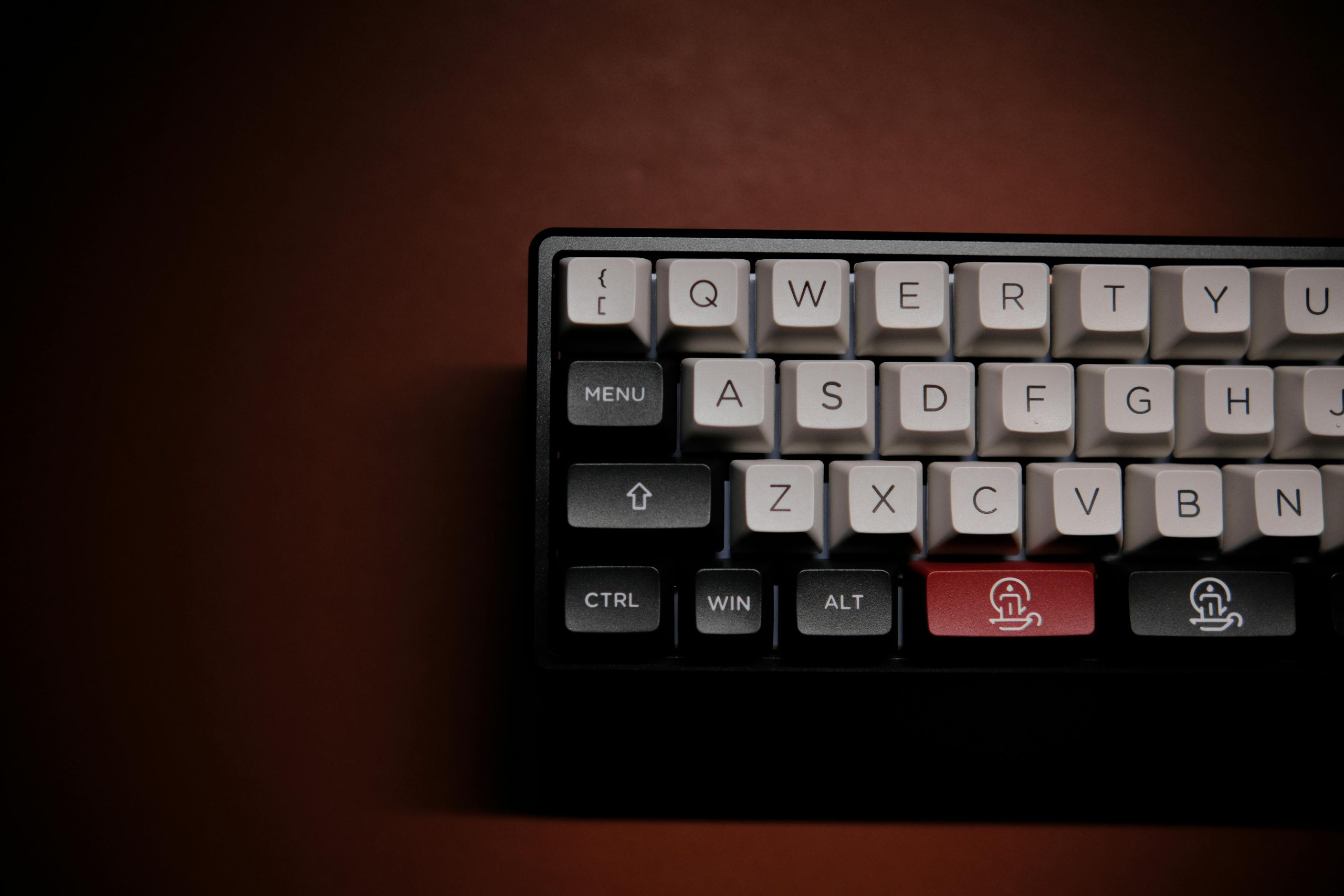Title: Troubleshooting Persistent Keyboard Input Anomalies on Windows 11: When the Ctrl Key Seems Stuck
Introduction:
Many Windows 11 users encounter various quirks and unexpected behaviors, especially on systems with minimal hardware configurations. One such perplexing issue involves the keyboard behaving as if the Ctrl key is constantly pressed, sometimes after a restart or following a period of idle time. This guide aims to explore potential causes and practical troubleshooting steps to resolve this unusual behavior.
Understanding the Issue:
The phenomenon in question manifests as the system acting as if the Control (Ctrl) key is being held down indefinitely. This results in unexpected keyboard shortcuts activating, difficulty entering authentication credentials such as PINs, and the need to perform forced shutdowns or restarts. Importantly, this problem appears to be software-related, given efforts to eliminate hardware variables via different keyboards and disconnecting the mouse.
Potential Causes:
While hardware malfunction cannot be entirely ruled out, the consistent nature of the issue suggests the root cause may be linked to software conflicts or system glitches. Common triggers include:
- Keyboard driver issues or conflicts
- Background applications intercepting keyboard input
- Corrupted system files
- Temporary glitches due to sleeping or standby modes
- Malware or malicious scripts interfering with input devices
Troubleshooting Steps:
To diagnose and fix this issue, consider the following steps:
- Update or Reinstall Keyboard Drivers:
- Access Device Manager (Press Win + X, then select Device Manager)
- Locate your keyboard device, right-click, and select “Update driver”
-
If updates are unavailable or the problem persists, uninstall the device and restart to allow Windows to reinstall the driver automatically
-
Check for Windows Updates:
- Navigate to Settings > Windows Update
-
Install all available updates to ensure system stability and compatibility
-
Scan for Malware:
-
Run a full system scan using Windows Defender or your preferred security software to rule out malicious interference
-
Test in Safe Mode:
- Restart the PC into Safe Mode to determine if the problem persists in a minimal environment
-
If the issue disappears, consider recently installed applications or services as potential culprits
-
Disable Background Applications:
- Use Task Manager (Ctrl + Shift + Esc) to review running processes
-
Temporarily disable startup applications that could interfere with input devices
-
Check for Hardware Conflicts:
- Disconnect additional peripherals to isolate the problem
- Reconnect devices one at a time to
Share this content:

